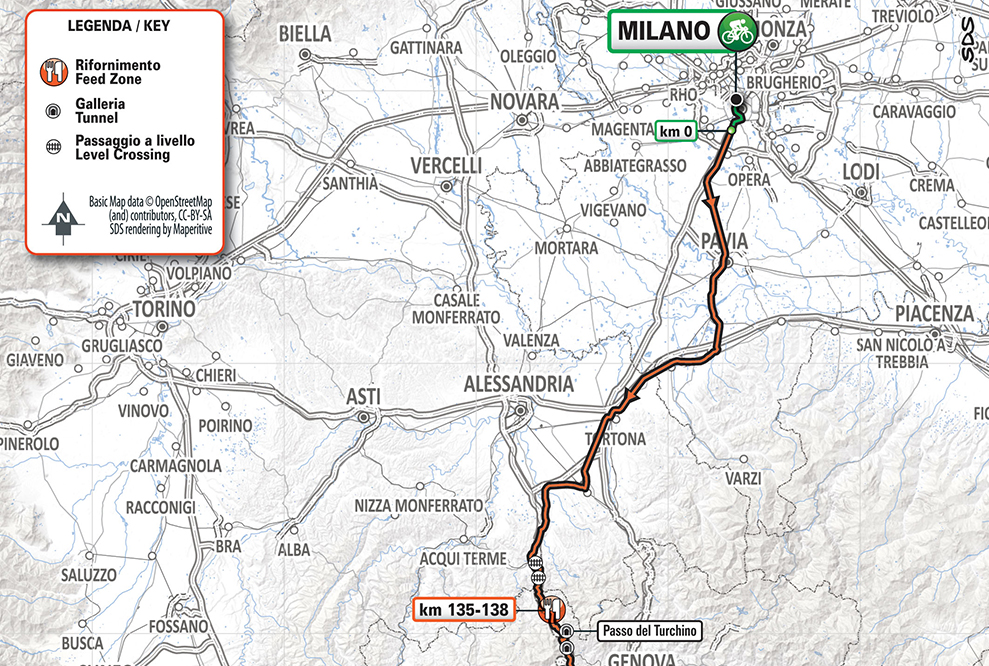Data Security And Cultural Preservation: The Indigenous Scientist's Fight

Table of Contents
The Unique Challenges of Protecting Indigenous Data
Protecting Indigenous data presents unique challenges that go beyond typical cybersecurity concerns. The very nature of this data, its deep spiritual significance, and the power imbalances inherent in its collection and use demand a nuanced approach.
Data Sovereignty and Self-Determination
Indigenous communities must be at the heart of decisions regarding their data. Data sovereignty – the right of Indigenous peoples to govern the collection, ownership, control, and application of their data – is paramount. This is not merely a technical issue; it's a matter of self-determination and cultural survival.
- Examples of data breaches: The unauthorized release of sensitive genealogical data can severely impact kinship structures and traditional practices. The exploitation of traditional ecological knowledge for commercial purposes without proper consent is another significant concern.
- Data as a sacred trust: For many Indigenous communities, data is not simply information; it is inextricably linked to spiritual beliefs and ancestral knowledge. Its protection is therefore a sacred responsibility.
- Community consent and control: Free, prior, and informed consent (FPIC) is essential. Indigenous communities must have the power to decide who accesses their data, how it is used, and how it is protected.
The Sensitivity of Cultural Information
Much Indigenous data is deeply sensitive and spiritually significant. Sharing this information without proper context or understanding can lead to misinterpretation, cultural appropriation, and profound harm.
- Examples of culturally sensitive data: Oral histories, traditional ecological knowledge (TEK), sacred songs, ceremonies, and locations of sacred sites are all examples of highly sensitive information.
- Potential for misrepresentation or misuse: The misuse of cultural information can lead to the erosion of cultural identity and the loss of traditional practices. Commercialization without consent is particularly damaging.
- Culturally appropriate data management practices: Data management strategies must respect the cultural protocols and values of each Indigenous community.
Limited Resources and Technological Barriers
Many Indigenous communities face significant resource limitations and technological barriers that hinder their ability to protect their cultural data.
- Lack of funding: Insufficient funding limits access to digital infrastructure, data security training, and technology solutions.
- Digital literacy challenges: A lack of digital literacy skills within communities can make them vulnerable to cyber threats.
- Need for culturally appropriate technology solutions: Technology solutions must be accessible, affordable, and culturally relevant to be effective.
The Role of Indigenous Scientists in Data Security
Indigenous scientists are uniquely positioned to lead the charge in protecting Indigenous cultural data. Their deep understanding of cultural protocols, combined with their scientific expertise, is vital in developing and implementing effective data security strategies.
Developing Culturally Appropriate Data Security Protocols
Indigenous scientists are instrumental in developing and implementing data security solutions that are tailored to the specific needs and values of their communities.
- Indigenous-led initiatives: Community-based data governance structures, developed with Indigenous participation, offer a more effective and culturally appropriate approach to data security.
- Integration of traditional knowledge: Incorporating traditional knowledge systems into data management practices provides a powerful framework for protecting cultural heritage.
- Community-based data governance: Giving Indigenous communities direct control over their data through community-based governance structures is crucial.
Advocating for Policy Changes and Increased Funding
Advocacy is critical to securing the necessary resources and policies to protect Indigenous data. Indigenous scientists play a crucial role in advocating for policy changes at local, national, and international levels.
- Successful advocacy campaigns: Successful advocacy often involves collaborations between Indigenous communities, scientists, and policymakers.
- Government support and funding: Increased government funding is essential to support Indigenous-led data security initiatives and build capacity within communities.
- International collaboration: International collaboration on data security standards and best practices is also important.
Educating and Training Communities
Providing data security training and education within Indigenous communities is essential to empower individuals and communities to protect their own data.
- Culturally appropriate training materials: Training materials must be developed in culturally sensitive ways, considering language, literacy levels, and cultural contexts.
- Building capacity: Building capacity within Indigenous communities is a long-term process requiring investment in education and training programs.
- Promoting awareness: Promoting digital literacy and data security awareness is key to preventing data breaches and misuse.
Innovative Technologies for Cultural Preservation
Technological innovation offers significant potential for preserving and protecting Indigenous cultural heritage. However, it’s crucial to ensure that these technologies are used responsibly and ethically, respecting Indigenous data sovereignty.
Digital Archiving and Preservation
Digital archiving provides a powerful means of preserving fragile cultural materials, making them accessible while ensuring their long-term survival.
- Cloud-based storage: Cloud-based storage solutions offer secure and scalable options for archiving large volumes of data.
- Digital repatriation: Digital repatriation initiatives can return culturally significant materials to Indigenous communities in accessible formats.
- AI for data preservation: AI can be utilized for tasks such as language revitalization and the transcription of oral histories.
Blockchain Technology for Data Security
Blockchain technology offers a promising approach to enhancing data security and provenance by creating an immutable record of data ownership and access.
- Data integrity and authenticity: Blockchain can help ensure the authenticity and integrity of cultural data, preventing tampering and falsification.
- Preventing data manipulation: The decentralized and transparent nature of blockchain makes it difficult to manipulate or alter data.
- Community control over data: Blockchain can empower Indigenous communities with greater control over their data by providing a secure and transparent record of ownership and access.
Virtual and Augmented Reality Applications
Immersive technologies like virtual and augmented reality offer exciting possibilities for preserving and sharing Indigenous cultural heritage.
- Virtual museums: Virtual museums and cultural centers can provide accessible and engaging experiences for learners around the world.
- Interactive storytelling: Interactive storytelling using VR/AR can bring cultural narratives to life in a compelling and immersive way.
- Promoting cultural tourism: VR/AR can be used to promote responsible cultural tourism that benefits Indigenous communities.
Conclusion
The protection of Indigenous cultural data is a complex challenge that requires a collaborative and culturally sensitive approach. Indigenous scientists are at the forefront of this critical effort, developing and implementing innovative solutions that respect data sovereignty and prioritize cultural preservation. The unique challenges highlighted above underscore the urgent need for increased funding, robust policies, and culturally appropriate technologies to safeguard this invaluable heritage. Support Indigenous-led initiatives focused on data security and cultural preservation. Learn more about data sovereignty and advocate for policies that protect Indigenous rights and cultural heritage. Together, we can ensure that Indigenous knowledge and culture thrive in the digital age.

Featured Posts
-
 Pokemon Go Sweet Discoveries Event Complete Pokemon And Rewards List
May 14, 2025
Pokemon Go Sweet Discoveries Event Complete Pokemon And Rewards List
May 14, 2025 -
 Captain America Brave New World What To Expect On Disney
May 14, 2025
Captain America Brave New World What To Expect On Disney
May 14, 2025 -
 Percorso E Orari Milano Sanremo 2025 E Sanremo Women In Provincia Di Imperia
May 14, 2025
Percorso E Orari Milano Sanremo 2025 E Sanremo Women In Provincia Di Imperia
May 14, 2025 -
 Analyzing The That Suits La Ghost Scene Interpretation And Symbolism
May 14, 2025
Analyzing The That Suits La Ghost Scene Interpretation And Symbolism
May 14, 2025 -
 Pokemon Ash Gray Comprehensive Walkthrough And Strategy Guide
May 14, 2025
Pokemon Ash Gray Comprehensive Walkthrough And Strategy Guide
May 14, 2025
